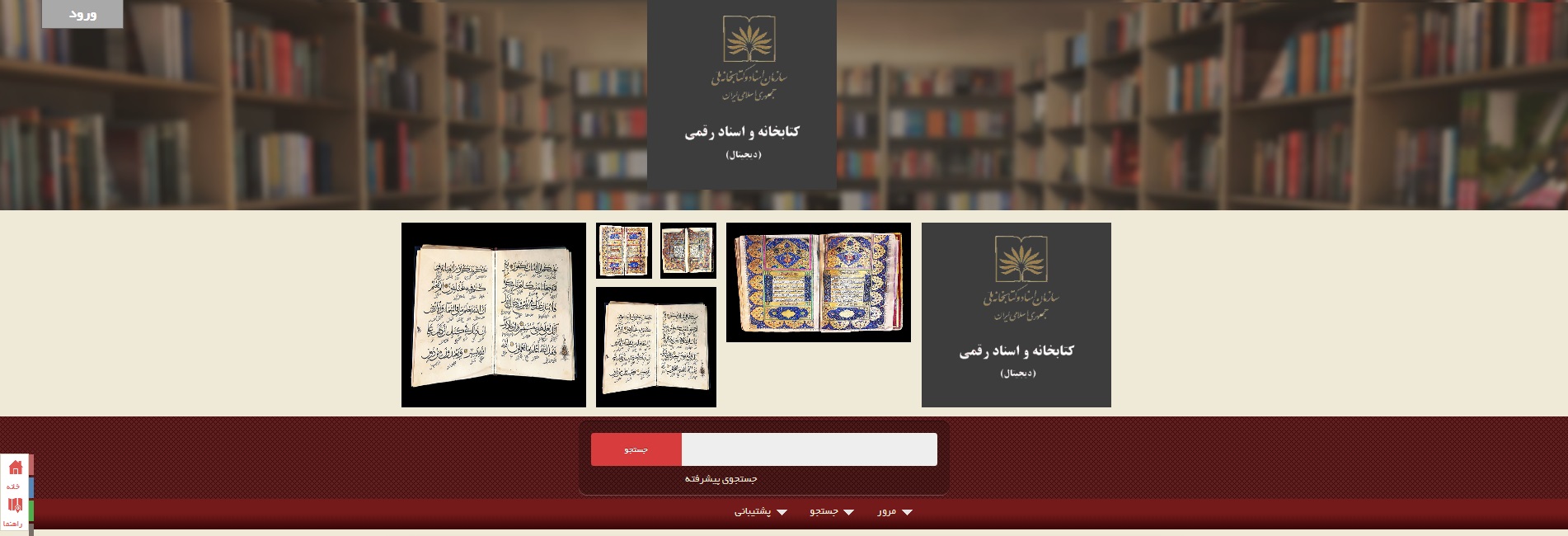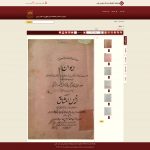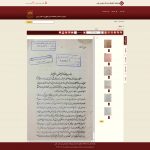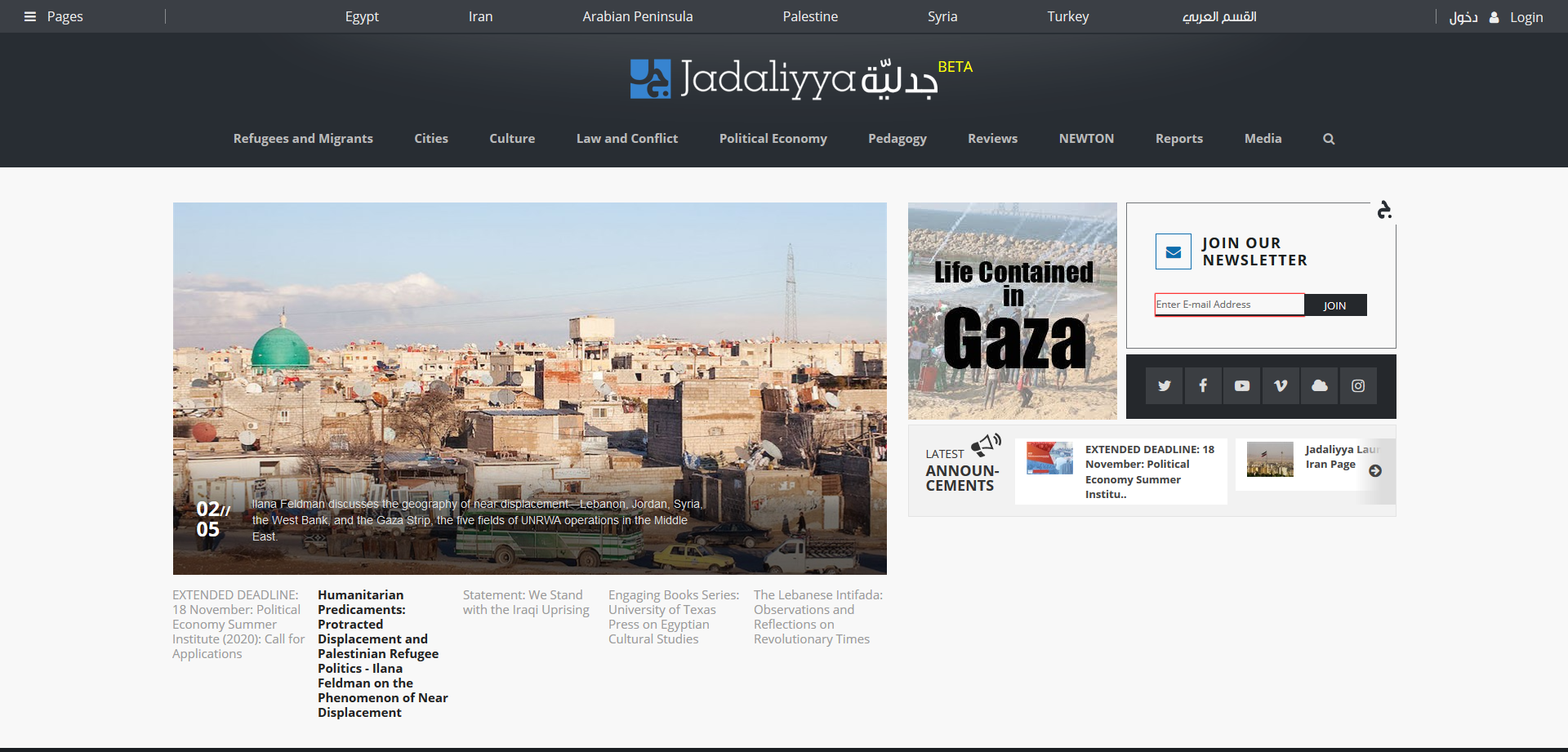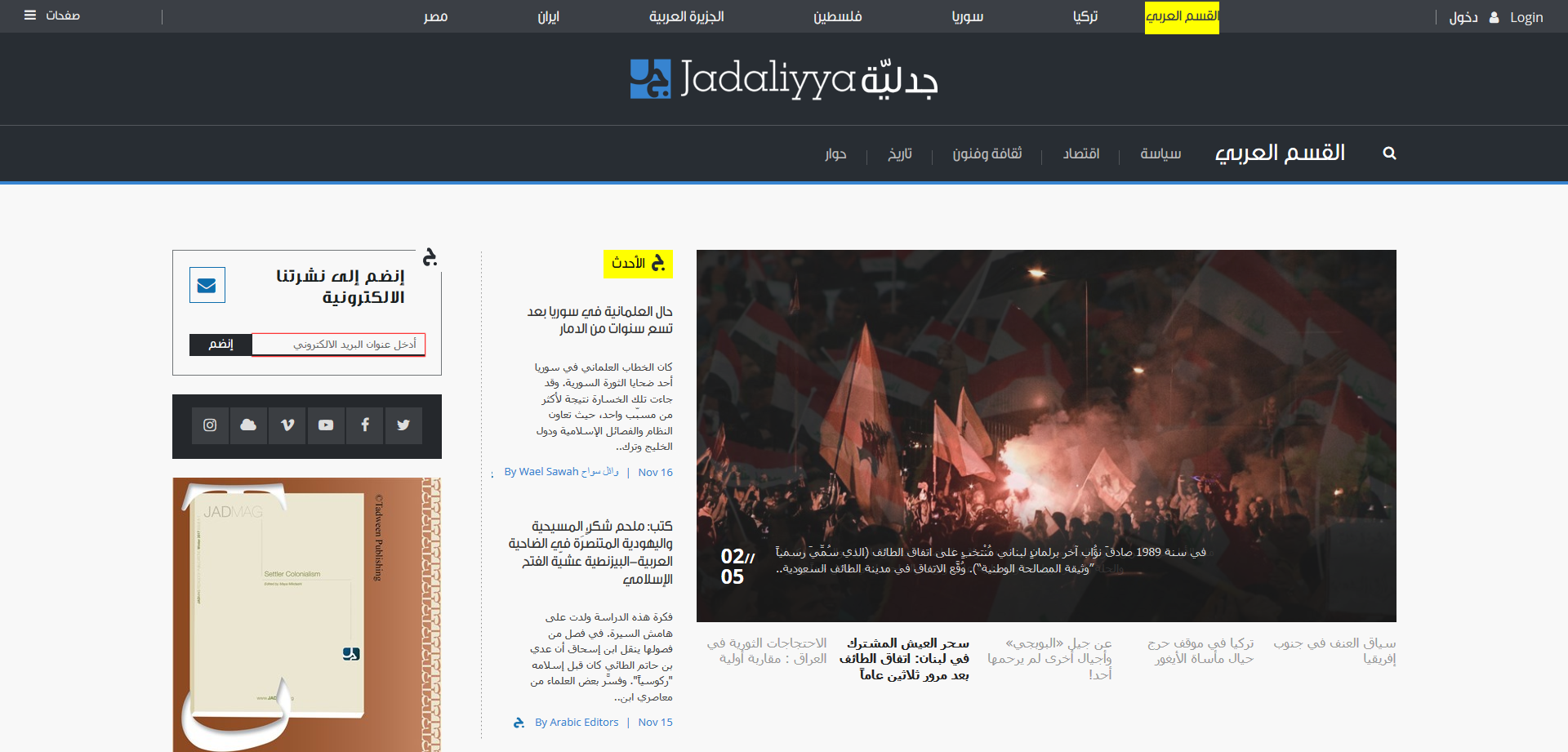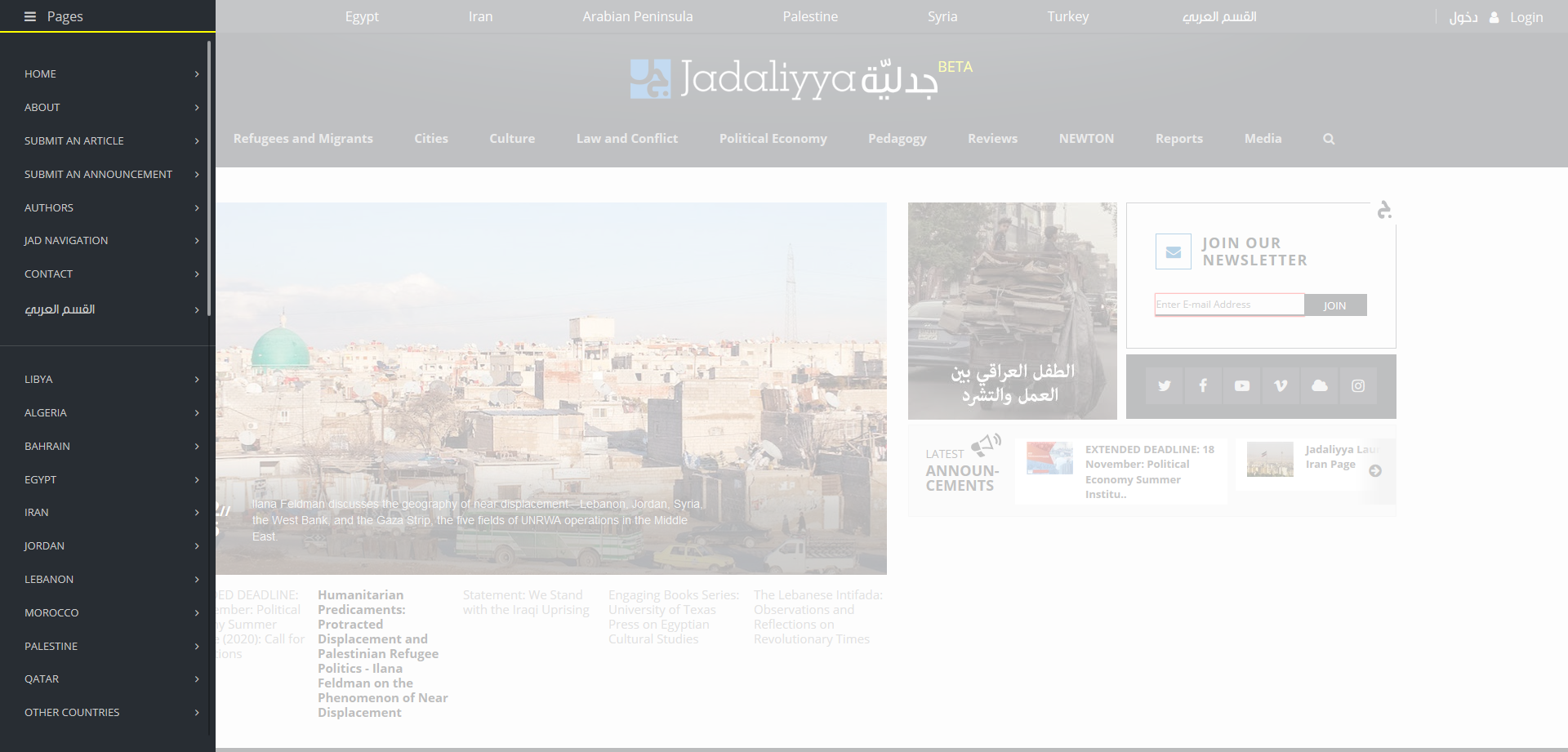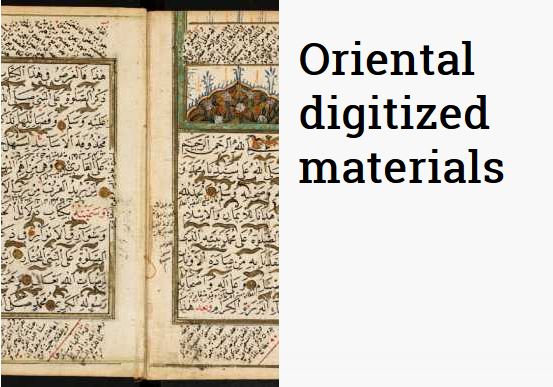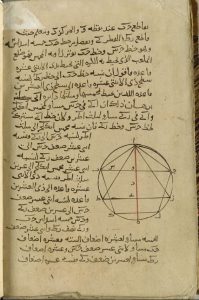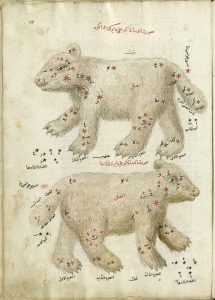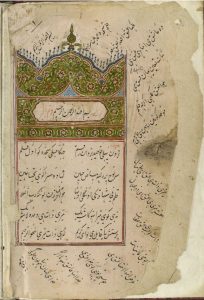National library and Archive of Iran (NLAI) is located in Tehran and was launched officially in 1937 but its collection dates back 150 years.
The present National Library of Iran houses many different collections from older libraries, including many rare and valuable manuscripts such as large numbers of manuscripts, old printed books, old itineraries from European tourists, documents, rare periodicals and materials in non-print forms.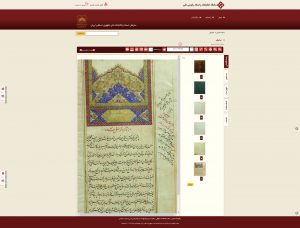
The library is an educational, research, and service institution, aiming to acquire, organize and disseminate information published or produced in Iran or in the fields of Iranology and Islamic study in other countries. NLAI provides access to part of its massive collection through the Digital Collection, which consists of various collections of Manuscripts, lithograph, dissertations, newspapers, photographs, maps, documents and printed books.


